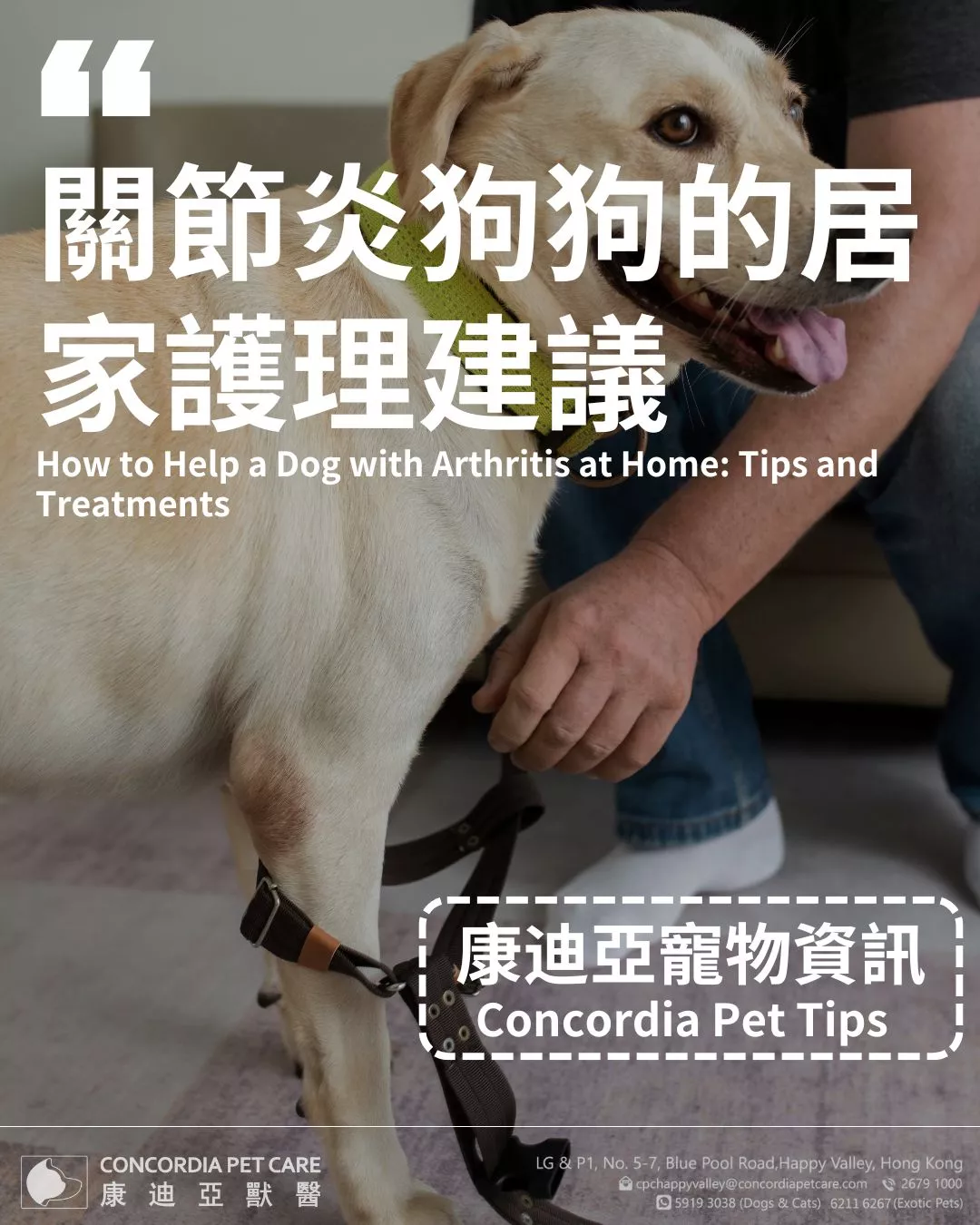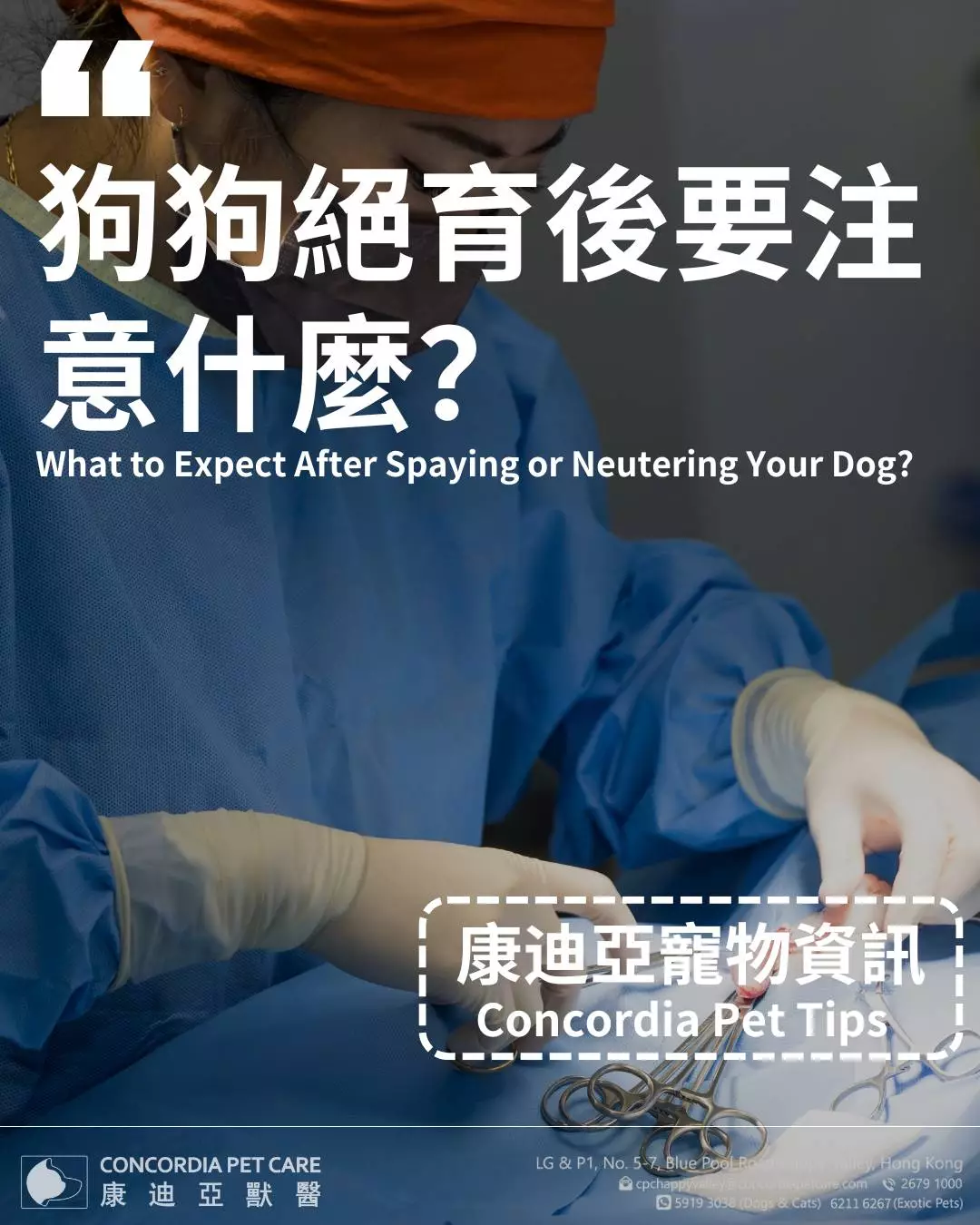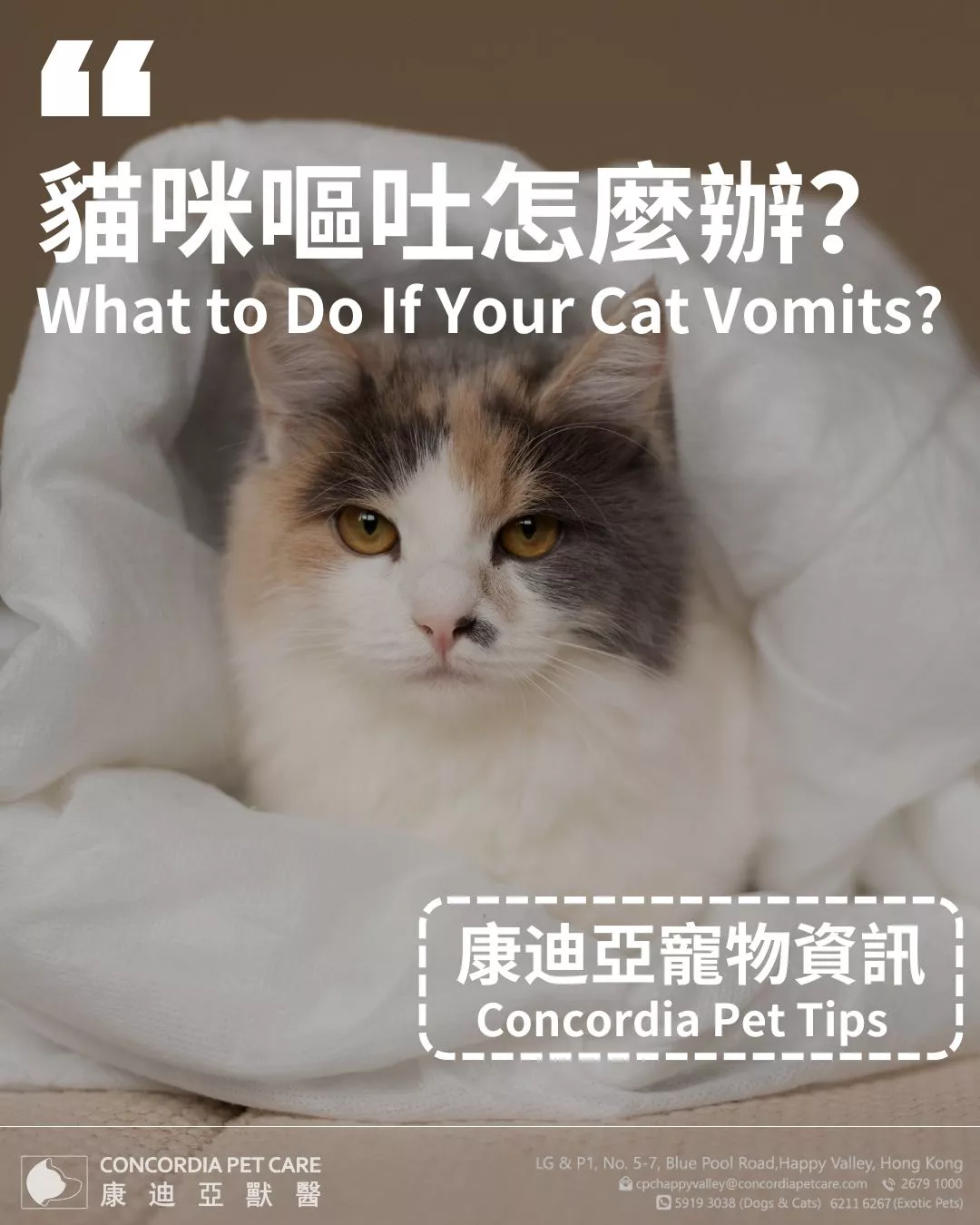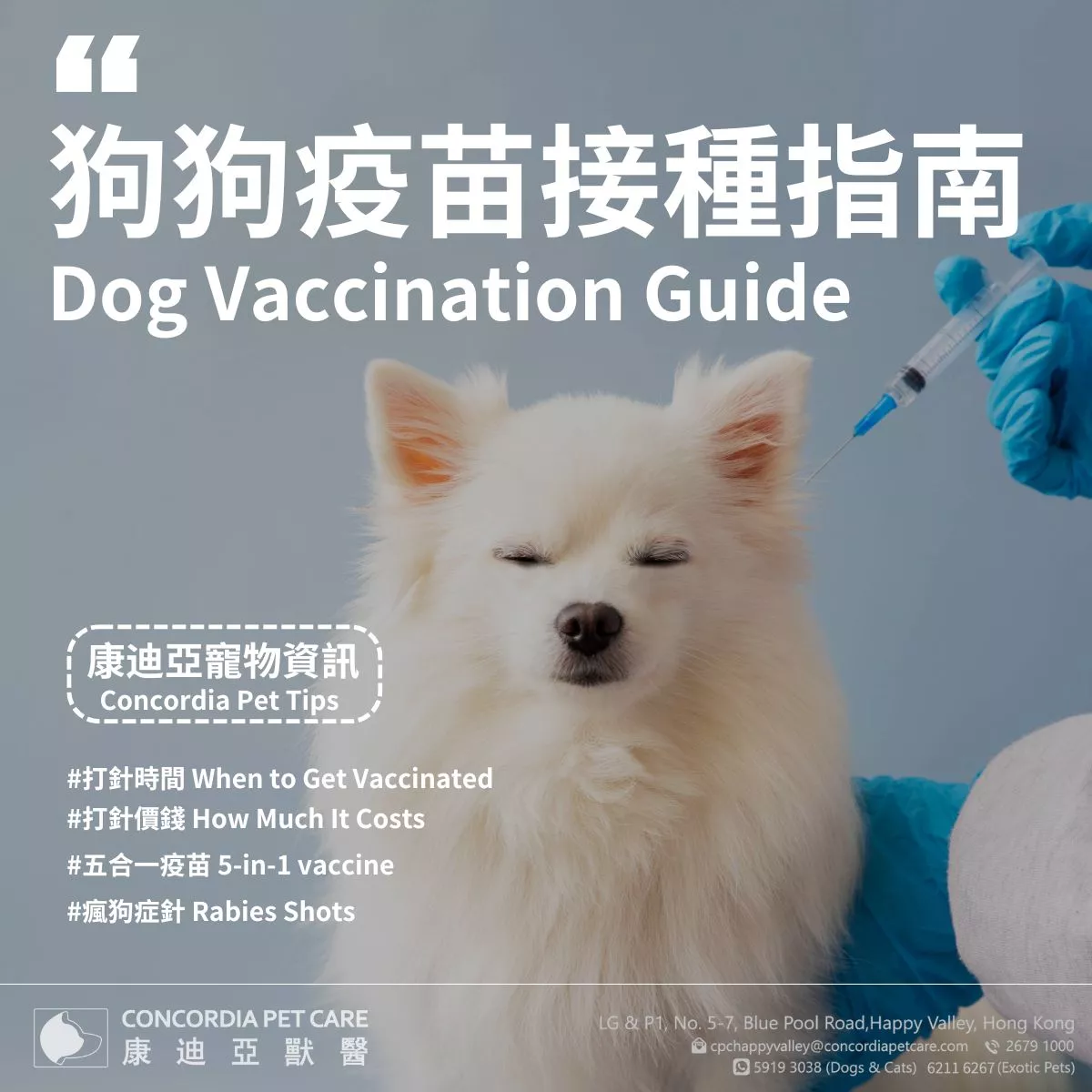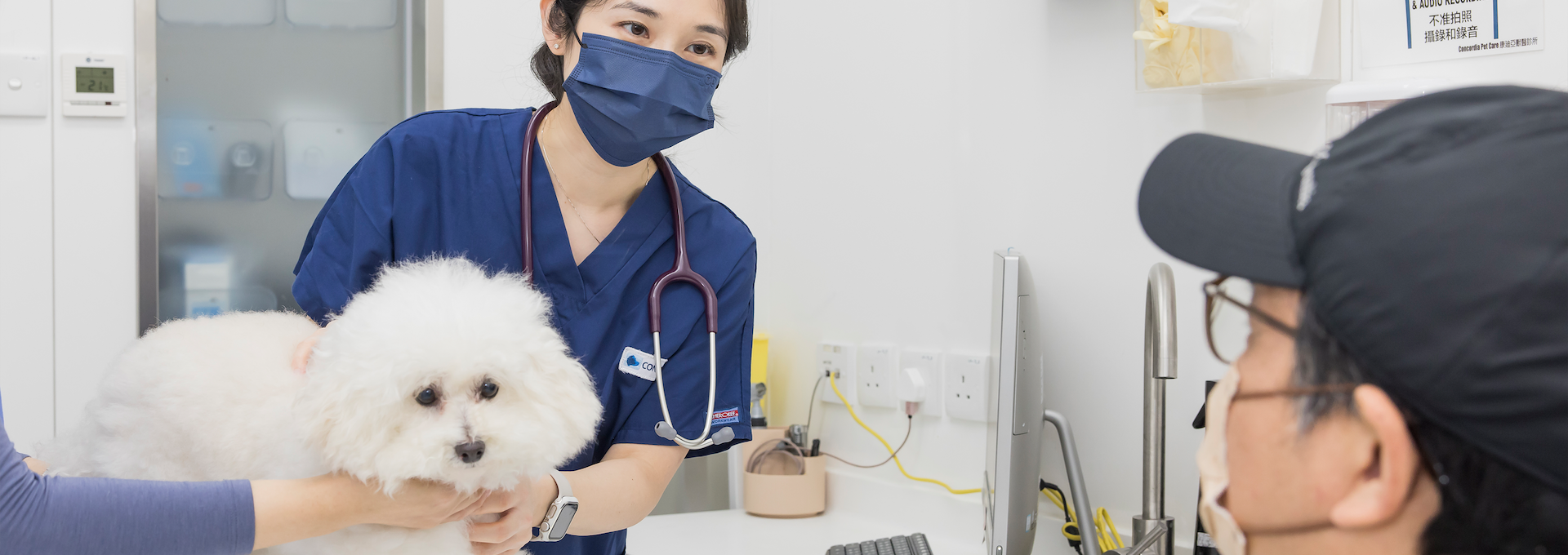
Feline Eye Diseases: Prevention & Care | Concordia Pet Care
 Concordia Pet Care
Concordia Pet Care
 2025-02-07
2025-02-07


Common Feline Eye Diseases: Symptoms, Prevention, and Care
Cats are naturally curious creatures, often exploring with wide, alert eyes. Their playful and adventurous nature sometimes leads them into situations where their eyes may be exposed to potential irritants or injury. Whether it's chasing after a dusty toy or prowling through dense plants, these can sometimes contribute to eye health issues.
Eye health plays a significant role in a cat’s overall well-being and quality of life. As pet owners, understanding common vision problems in cats and knowing how to recognize symptoms early can help you provide the best care possible for your feline friend. In this article, we’ll explore common feline eye diseases, discuss symptoms to watch for, and outline ways to protect your cat’s eyesight.
Common Feline Eye Diseases
Cat eye health involves a range of conditions that can affect a cat’s sight and comfort. Here are some common eye diseases in cats that every feline pet owner should be aware of.
Cat Conjunctivitis
Often known as “pink eye,” this common condition involves inflammation of the conjunctiva, which is the delicate membrane covering the inside of the eyelids. Symptoms include redness, swelling, and discharge, giving the eye a pink, watery appearance. Triggered by infections, allergies, or irritants, conjunctivitis can be contagious among cats if caused by a virus.
Feline Eye Infection
Eye infections in cats can arise from bacteria, viruses, or fungi and often present with redness, swelling, and a thick yellow or green discharge. Discomfort from the infection may lead cats to squint or paw at the affected eye. Quick treatment is crucial to prevent the infection from spreading or worsening.
Corneal Ulcers
A corneal ulcer is an open sore on the eye’s surface, often caused by trauma or untreated infections. Signs include tearing, visible cloudiness, and pain. Immediate veterinary care is necessary, as untreated corneal ulcers can lead to complications and even permanent vision loss.
Cataracts
This clouding of the eye’s lens, typically associated with aging, can also result from diabetes or trauma. Cataracts create a hazy or milky appearance over the eye, gradually obstructing vision. While generally painless, they can significantly impair a cat’s ability to see.
Glaucoma
Caused by a buildup of pressure within the eye, glaucoma can damage the optic nerve and potentially lead to blindness. Symptoms include dilated pupils, cloudiness over the cornea, and redness. Since glaucoma can progress quickly, immediate veterinary attention is necessary to manage the condition and protect vision.
Retinal Degeneration
This progressive disease results in the gradual breakdown of the retina, often due to genetics, aging, or vitamin deficiencies. Symptoms may initially be subtle, but retinal degeneration can lead to night blindness and, over time, complete vision loss. Regular check-ups help with early detection and management.
Symptoms of Feline Eye Disease to Watch For
Cats are masters at hiding discomfort, so pay close attention to subtle changes in their eyes. Spotting these feline eye disease symptoms early can help address potential issues before they escalate.
Redness and Swelling
Persistent redness and swelling around the eyes often indicate infection, irritation, or inflammation and should be monitored closely.
Discharge and Tearing
Clear discharge may indicate allergies or irritation, while yellow or green discharge can be a sign of feline eye infection.
Squinting or Excessive Blinking
If a cat frequently squints or blinks, it could be due to pain or sensitivity, often related to cat conjunctivitis or other irritations.
Cloudiness or Changes in Pupil Size
Cloudy eyes, uneven pupil sizes, or dilated pupils may signal deeper issues like glaucoma or cataracts.
How to Protect Your Cat’s Vision and Prevent Feline Eye Diseases and Issues
Taking proactive steps to safeguard your cat’s eyesight is key for their long-term well-being. Follow these simple preventive measures to reduce the risk of eye problems and keep their vision sharp.
Regular Eye Check-Ups
Routine veterinary visits allow for early detection of feline eye disease. Your vet can check for early signs of common issues and prevent conditions from worsening.
Safe Environment
Reduce environmental irritants, like smoke and household cleaners, to prevent cat eye infections. Keep sharp or abrasive objects out of reach to avoid accidental injuries.
Grooming and Hygiene
Regular grooming helps prevent hair or debris from entering the eyes, which can cause irritation and infection. Keeping your cat’s face clean and well-groomed minimizes the risk of eye-related issues.
Proper Diet and Hydration
A balanced diet supports immune health and manages the risk of feline eye infection and other health issues. Proper hydration is also essential for eye moisture and health.
Treatment and Care for Cat Eye Problems
Timely care is important when it comes to managing your cat’s eye health. Here’s a guide on how to address minor irritations at home and when to seek veterinary care.
Home Care Tips for Minor Irritations
For mild eye irritations, consider these gentle home care tips to maintain your cat’s comfort until you consult a veterinarian:
●Clean Discharge: Gently wipe away any discharge with a soft, damp cloth.
●Monitor Symptoms: Watch for worsening signs, like colored discharge, and contact a vet if needed.
●Remove Environmental Irritants: Reduce exposure to irritants like dust, smoke, or strong cleaning products that could aggravate your cat’s eyes.
●Encourage Rest: Provide a quiet and cozy area where your cat can rest undisturbed to support their recovery.
When to See a Vet
If symptoms persist beyond a day or worsen, consult a veterinarian immediately. Chronic discharge, swelling, or signs of pain require professional care. Early treatment is critical in cases of serious conditions like glaucoma or corneal ulcers, where time-sensitive care can prevent further complications.
Common Veterinary Treatments
Veterinary care may involve various treatments depending on the condition. Below are a few common treatments your vet might recommend:
●Eye Drops: Topical solutions are commonly used to relieve irritation or treat infections by directly addressing inflammation or bacterial growth directly.
●Antibiotics: For feline eye infections, antibiotics may be prescribed either as eye drops, ointments, or oral medications to combat bacterial infections effectively.
●Pain Relief: Pain management may be administered to reduce discomfort and inflammation, particularly in cases involving corneal ulcers or other painful eye conditions.
●Surgery: In severe cases, surgical procedures may be necessary to address advanced glaucoma, irreparable injury, or severe cataracts.
●Long-Term Monitoring: For chronic conditions, regular check-ups help monitor symptoms and prevent progression. Cats with conditions like glaucoma may require routine intraocular pressure checks and consistent treatment adjustments.
Keep Your Cat’s Eyes Safe and Healthy
Your cat’s eyes are essential to their exploration and enjoyment of the world. Protecting their vision starts with vigilance—watch for signs of discomfort, prioritize regular check-ups, and take proactive measures to prevent common issues. Early detection of feline eye disease and timely care can preserve their sight and enhance their quality of life.
At Concordia Pet Care, we’re here to help you provide the best care for your furry companion. From expert guidance on cat eye infection treatments to comprehensive wellness checks, our team is dedicated to keeping your cat healthy and happy. Contact us today to schedule a consultation and learn more about our services.
